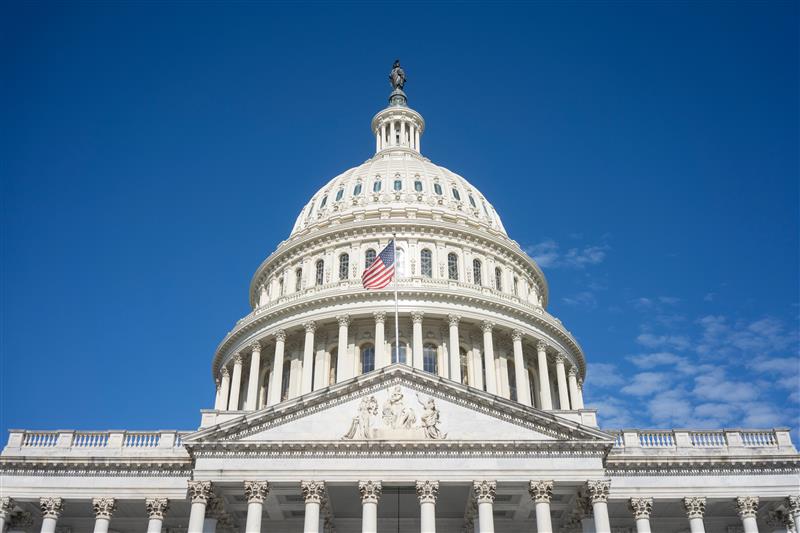By Richard Casciani, Managing Director, U.S.
In the decade since the U.S. Securities and Exchange Commission (SEC) adopted Rule 506(c) to allow private offerings to advertise more broadly, uptake has been limited due to the additional verification requirements. In March this year, however, the SEC issued new guidance simplifying the verification process for accredited investors. In this article, we recap the details of Rule 506(c), outline the new guidance and provide some key pointers for private fund managers to keep in mind when considering use of the rule.
Rule 506(c) background
In connection with the Jumpstart Our Business Startups (“JOBS”) Act of 2012, in July 2013 the SEC adopted Rule 506(c) of Regulation D under the Securities Act of 1933. Prior to the SEC’s adoption of Rule 506(c), private offerings that relied on Regulation D were prohibited from using “general solicitation,” i.e. marketing or advertising aimed at a broad audience (e.g. newspapers, public websites, television or radio broadcasts).
Under Rule 506(c), an issuer is allowed to broadly solicit and generally advertise an offering that meets the conditions of Regulation D, provided that all purchasers are accredited investors and the issuer takes reasonable steps to verify their accredited investor status.
Rule 506(c)(2)(ii) provides four examples of “non-exclusive and non-mandatory verification methods” that an issuer may use to meet the requirement to take reasonable steps to verify a purchaser’s accredited investor status. Options include:
- Verification on the basis of income: Reviewing any IRS form that reports the investor’s income for the two most recent years (including, but not limited to, Form W-2, Form 1099, Schedule K-1 to Form 1065, and Form 1040) and obtaining a written representation from the investor that he or she has a reasonable expectation of reaching the income level necessary to qualify as an accredited investor during the current year
- Verification on the basis of net worth: Reviewing one or more of the following types of documentation dated within the prior three months and obtaining a written representation from the investor that all liabilities necessary to make a determination of net worth have been disclosed:
- With respect to assets: Bank statements, brokerage statements and other statements of securities holdings, certificates of deposit, tax assessments, and appraisal reports issued by independent third parties
- With respect to liabilities: A consumer report from at least one of the nationwide consumer reporting agencies
- Confirmation from authorized third party: Obtaining a written confirmation from one of the following persons or entities that they’ve taken reasonable steps to verify the investor’s accreditation status within the prior three months and determined that such investor is an accredited investor:
- A registered broker-dealer
- An SEC-registered investment adviser
- A licensed attorney who is in good standing under the laws of the jurisdictions in which he or she is admitted to practice law
- A certified public accountant (CPA) who is duly registered and in good standing under the laws of the place of his or her residence or principal office
However, since the SEC’s adoption of Rule 506(c), many issuers have been reluctant to claim it because they’ve perceived the additional verification requirement to be onerous and potentially intrusive for potential investors.
New guidance: conditions
In March 2025, the SEC issued a no-action letter in response to a request for interpretive guidance from law firm Latham & Watkins LLP. This letter provided guidance on the verification of accredited investors in private offerings conducted under Rule 506(c), simplifying the process an issuer must undertake to verify a purchaser’s accredited investor status:
- Minimum investment amount: The SEC indicated that issuers may rely on minimum investment amounts as a reasonable step to verify a purchaser’s accredited investor status. Specifically, the SEC concluded that the minimum investment amounts must be at least $200,000 for natural persons and at least $1 million for legal entities
- Written representations: Issuers must obtain representations from each purchaser confirming they are an accredited investor and have not financed their investment through a third party
- No actual knowledge: The issuer must have no actual knowledge of any facts that indicate a purchaser is not an accredited investor or has financed the investment
Takeaways and considerations
This no-action guidance has the potential to expand the use of Rule 506(c) for issuers such as private fund managers. The simplified verification process may intrigue private fund managers who believe more widespread, public marketing efforts will benefit their fundraising efforts.
Additionally, for issuers that have historically relied on Rule 506(b) of Regulation D, the minimum investment verification method may provide an opportunity to transition to a Rule 506(c) offering given that it offers flexibility and greater certainty to the private placement markets.
That being said, in relying on or transitioning to Rule 506(c), issuers must consider other federal, state and non-U.S. rules and regulations that are relevant to such offerings. There will still be state notice/blue sky filings and fees required under state securities regulations where the offerings are made, and the number of states requiring such filings and fees may be increased if there is a solicitation that reaches the general public. What’s more, issuers that elect to engage in general solicitation may be precluded from relying on Rule 506(b) in the event the conditions of Rule 506(c) are not satisfied.
Further, issuers should note that individuals who are not affiliated with a broker-dealer and engage in general solicitation under a Rule 506(c) offering must consider how their efforts may impact their ability to rely on the issuer’s exemption under Rule 3a4-1 of the U.S. Securities Exchange Act of 1934.




